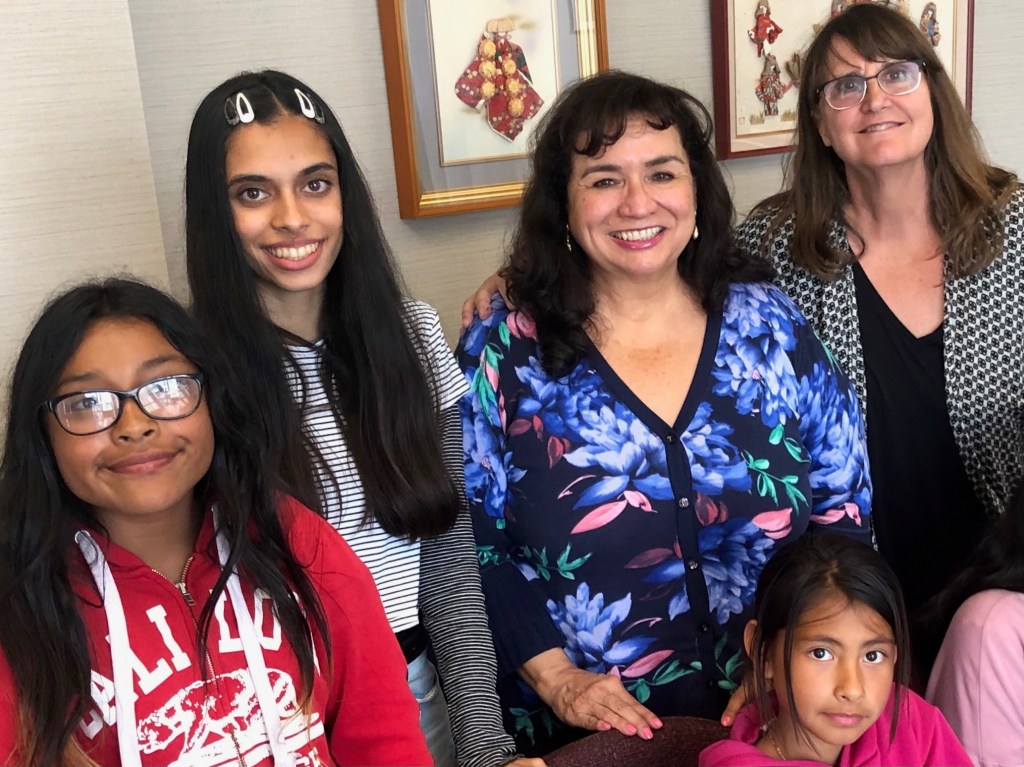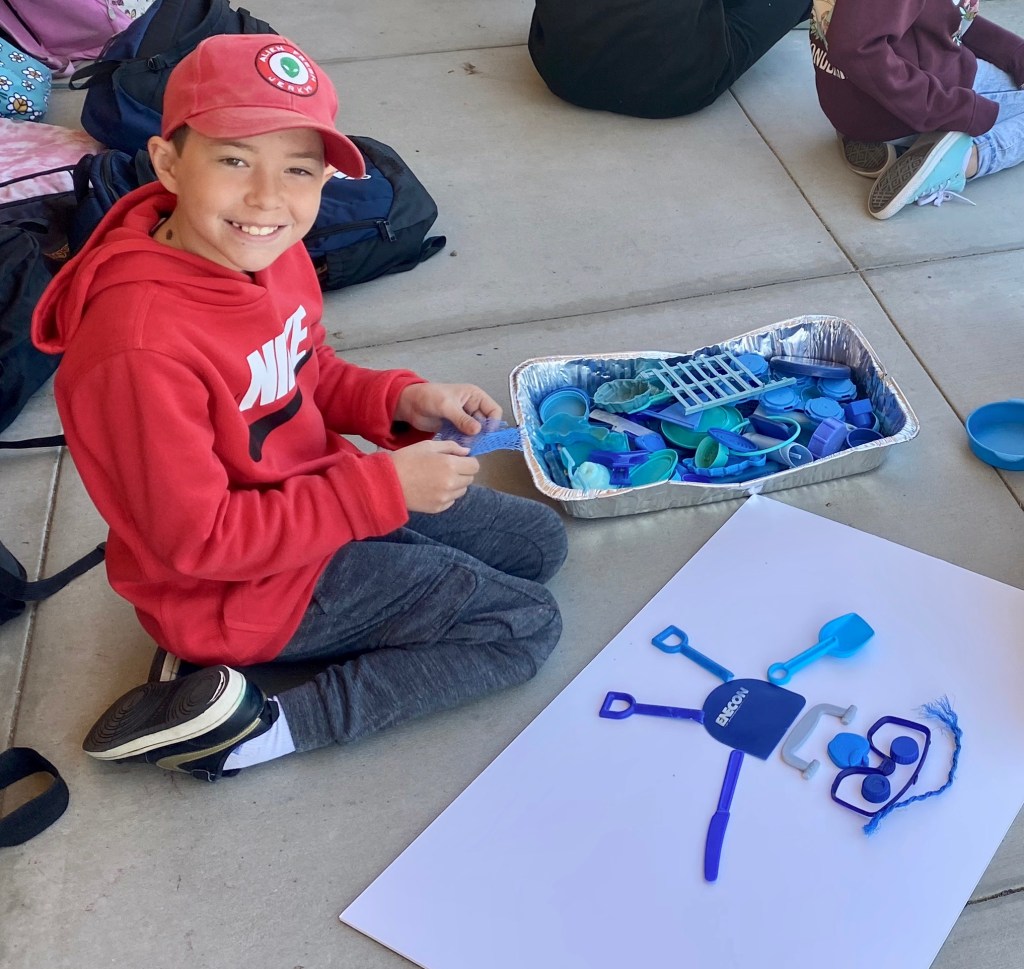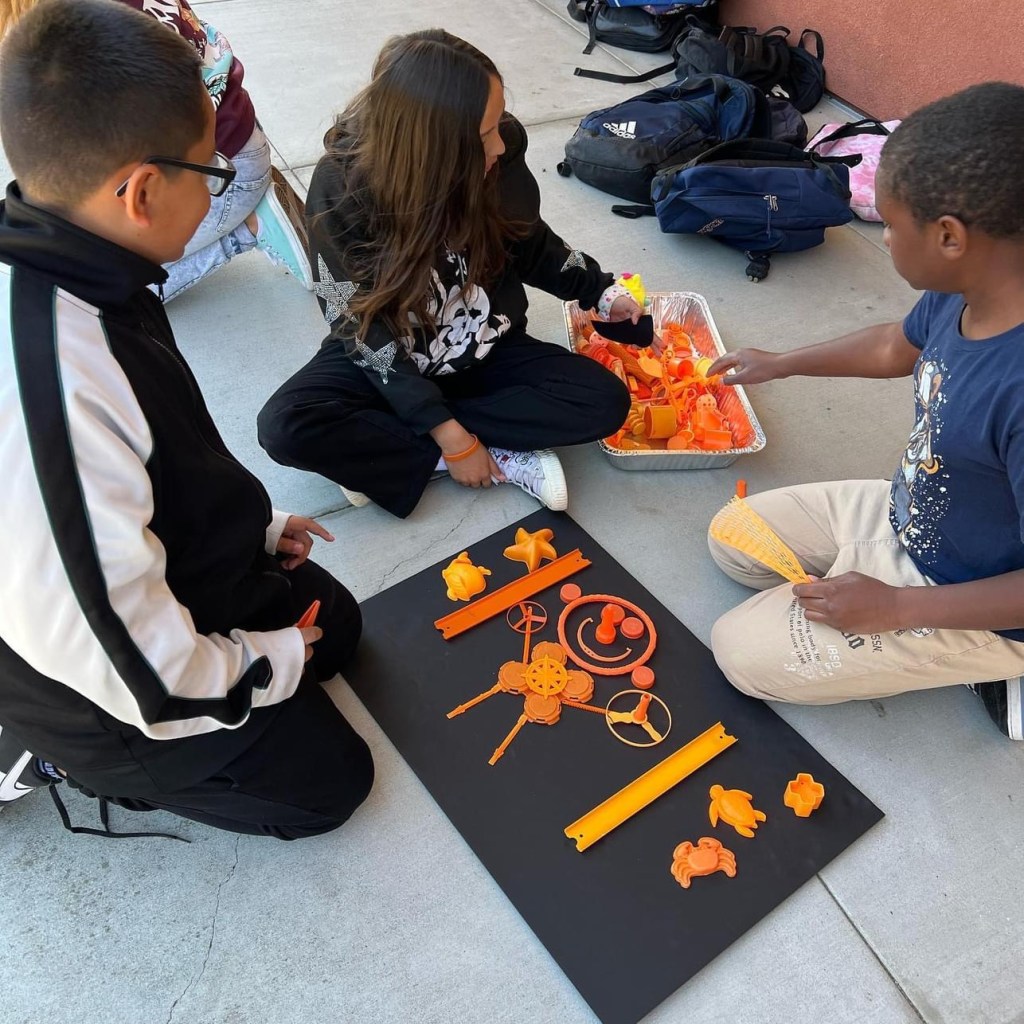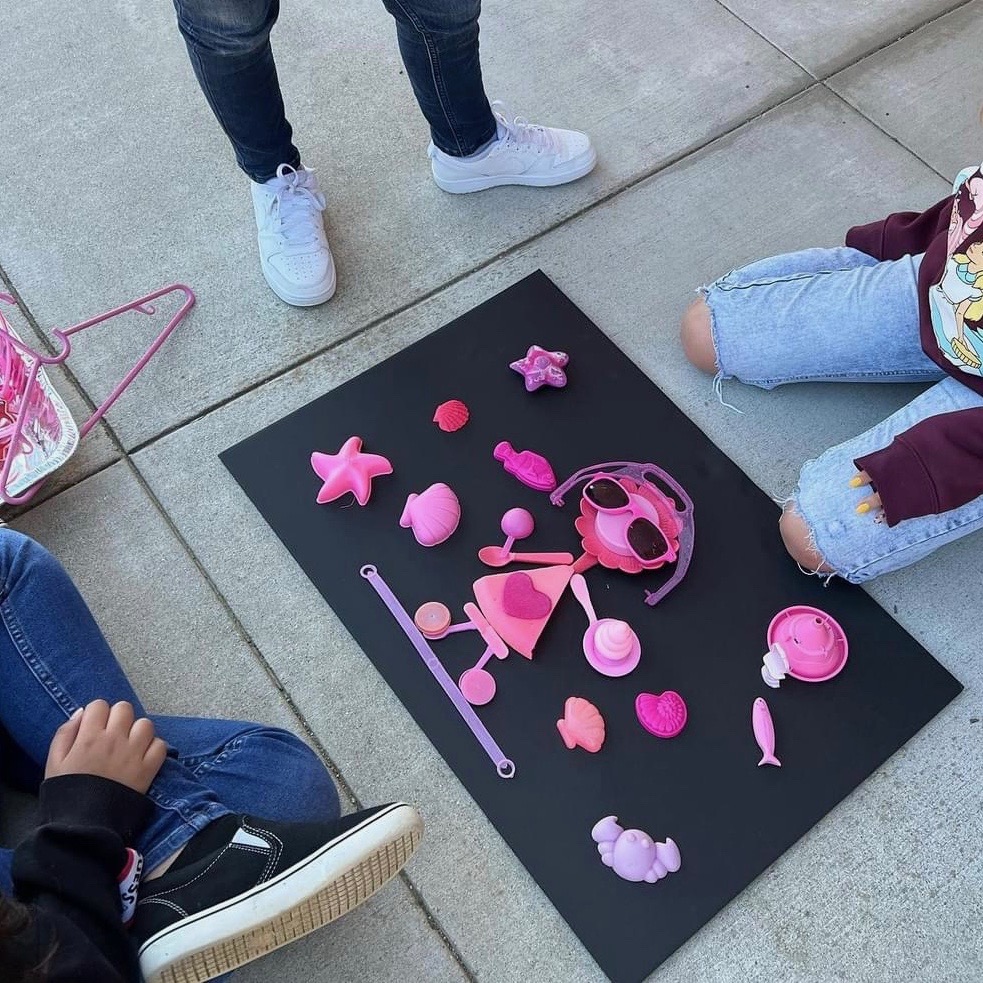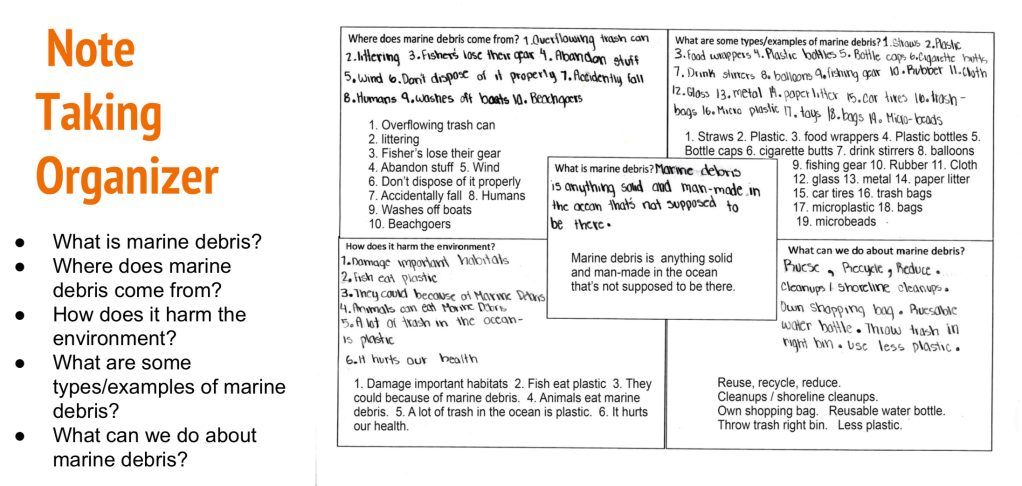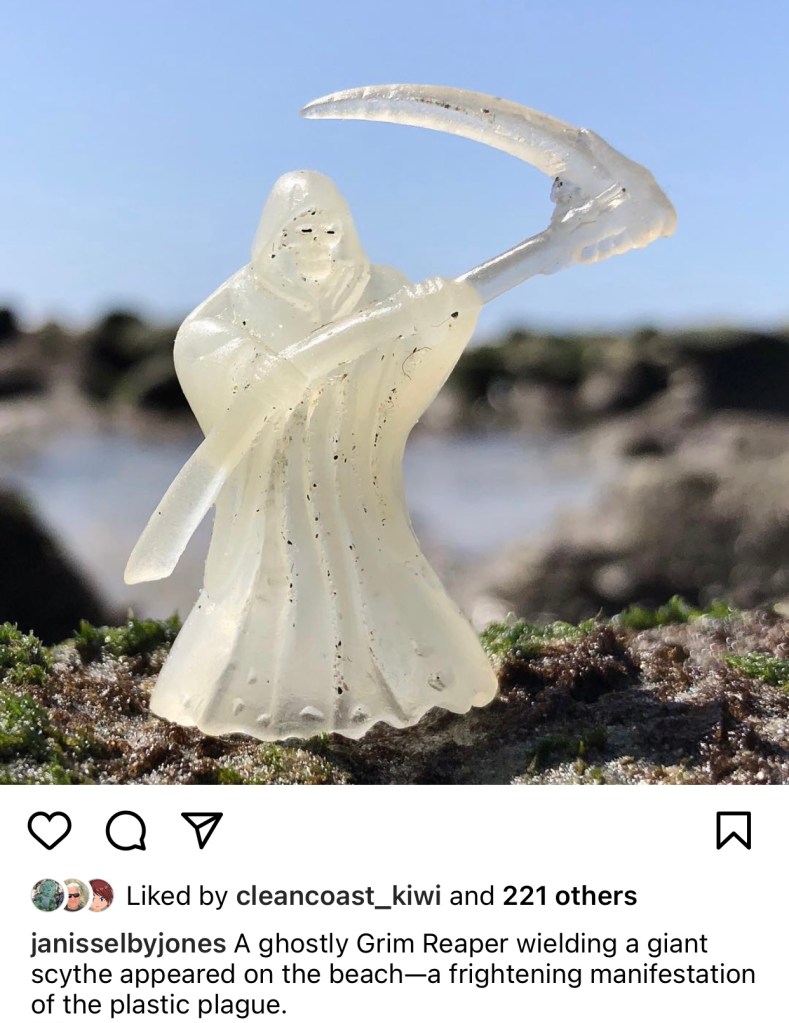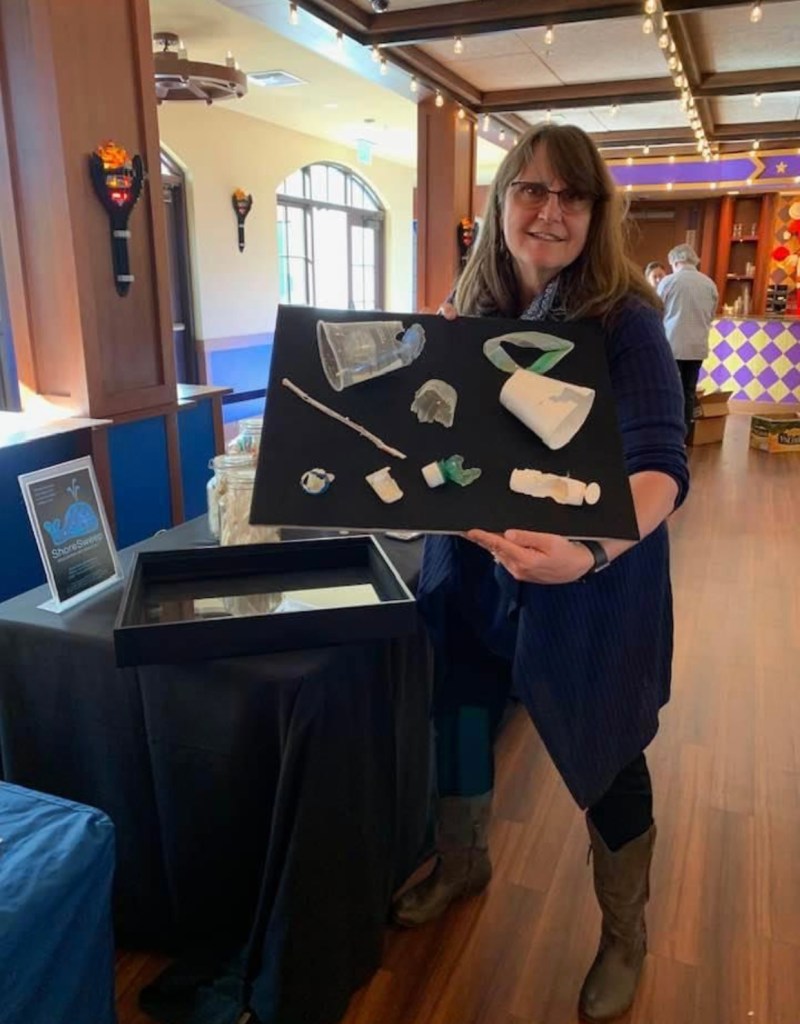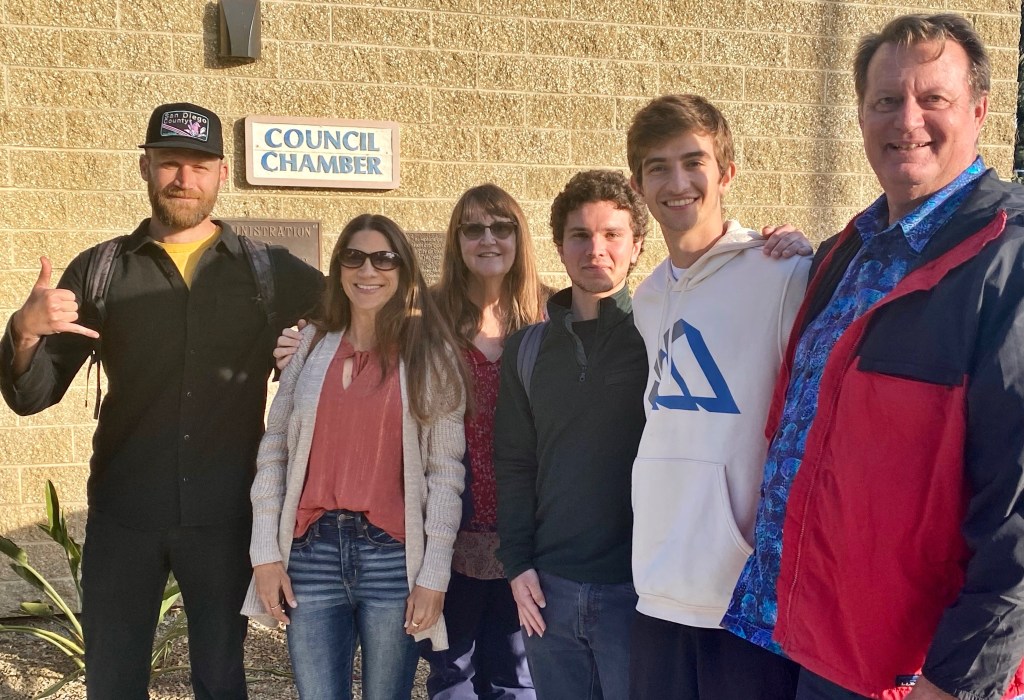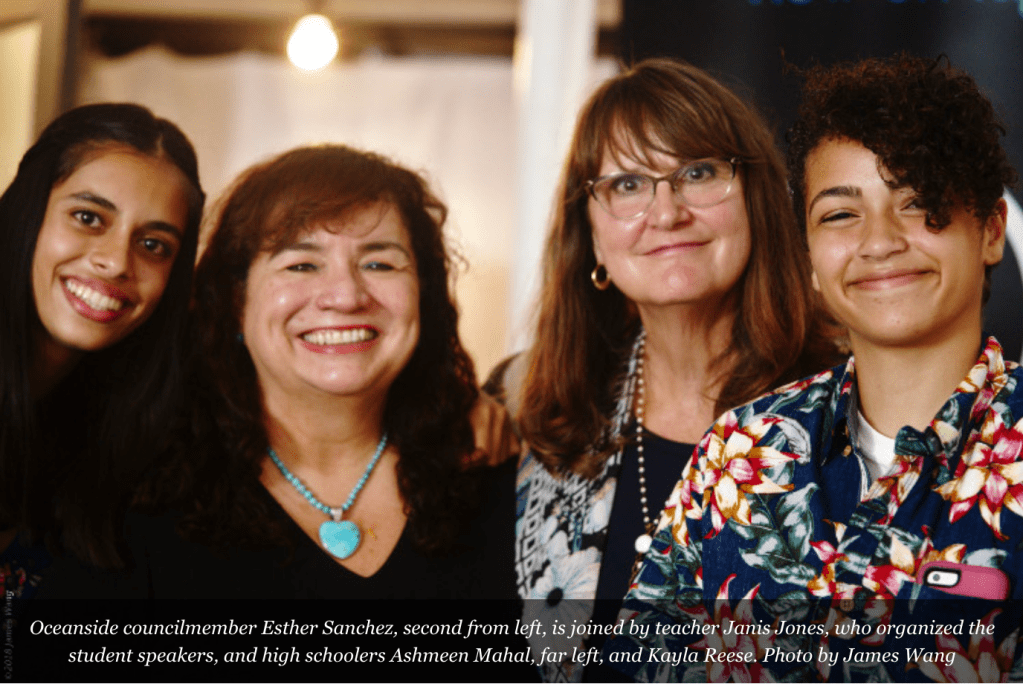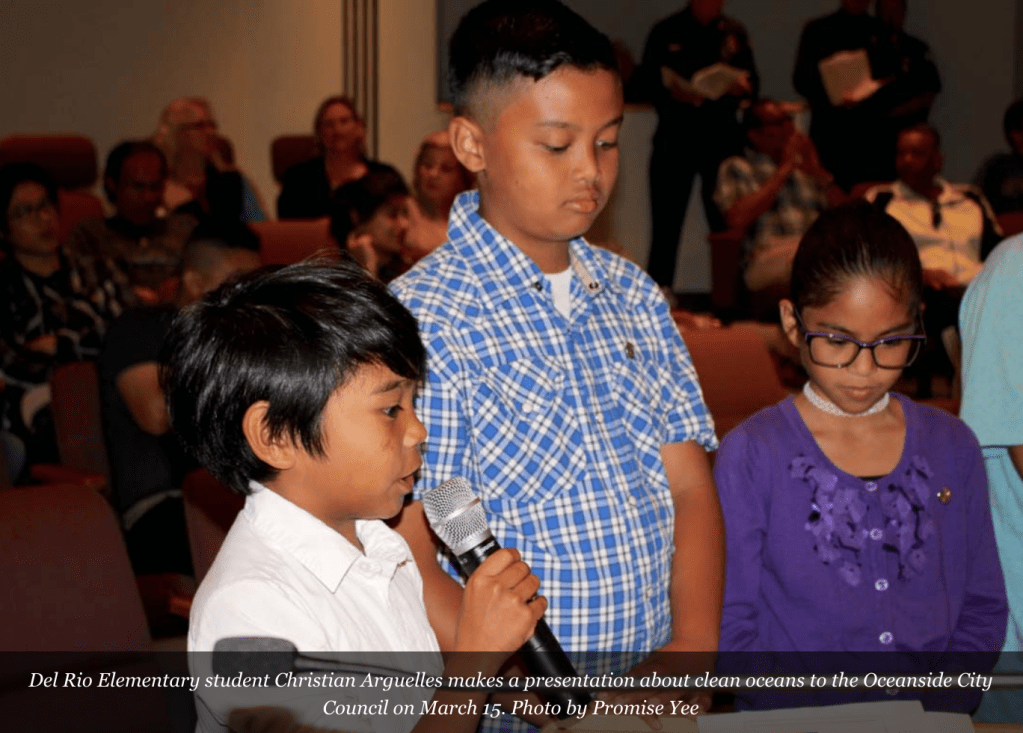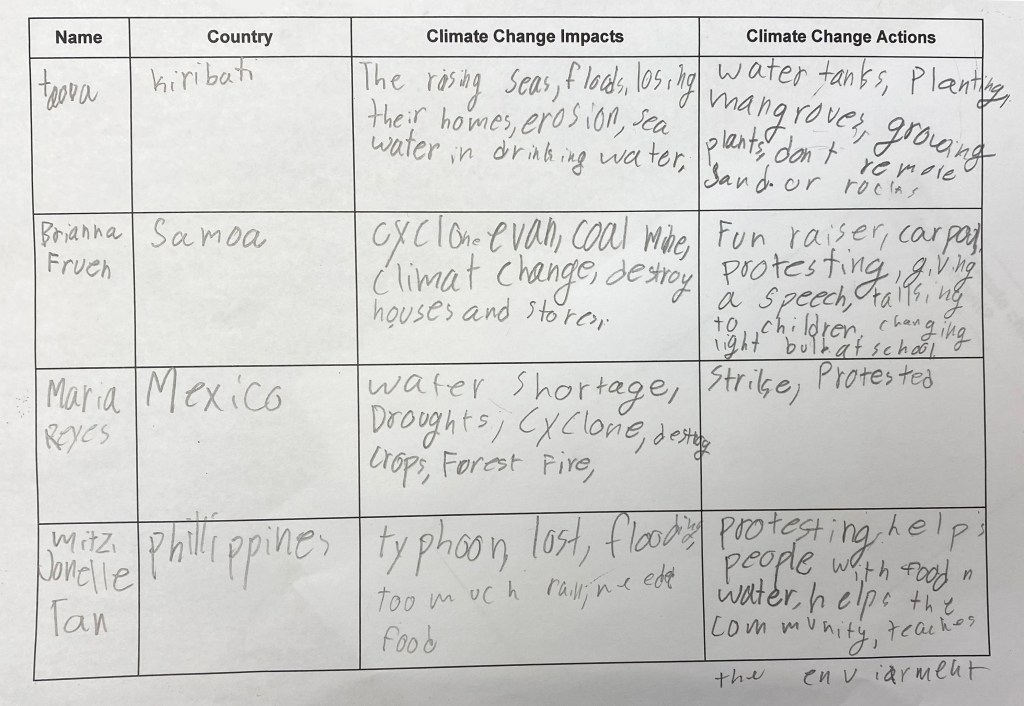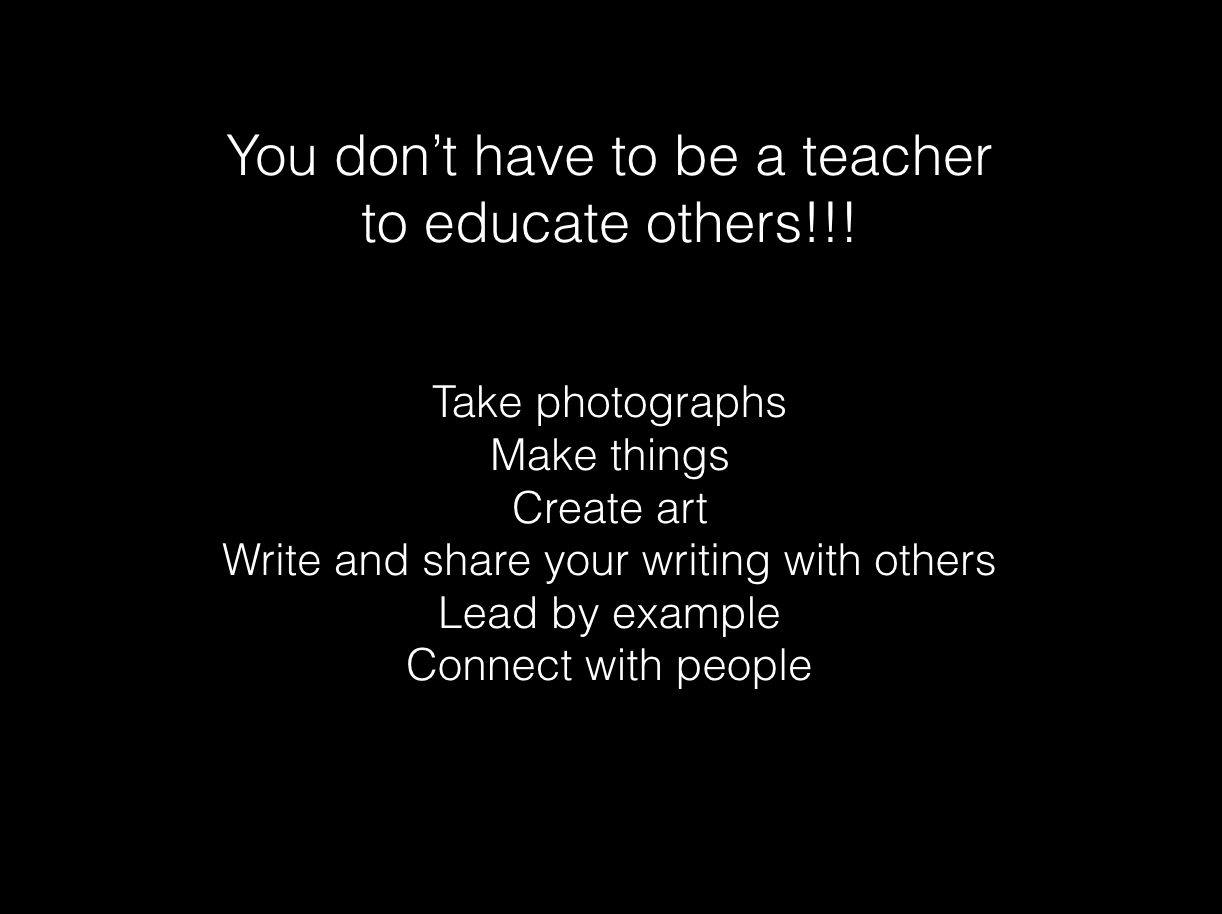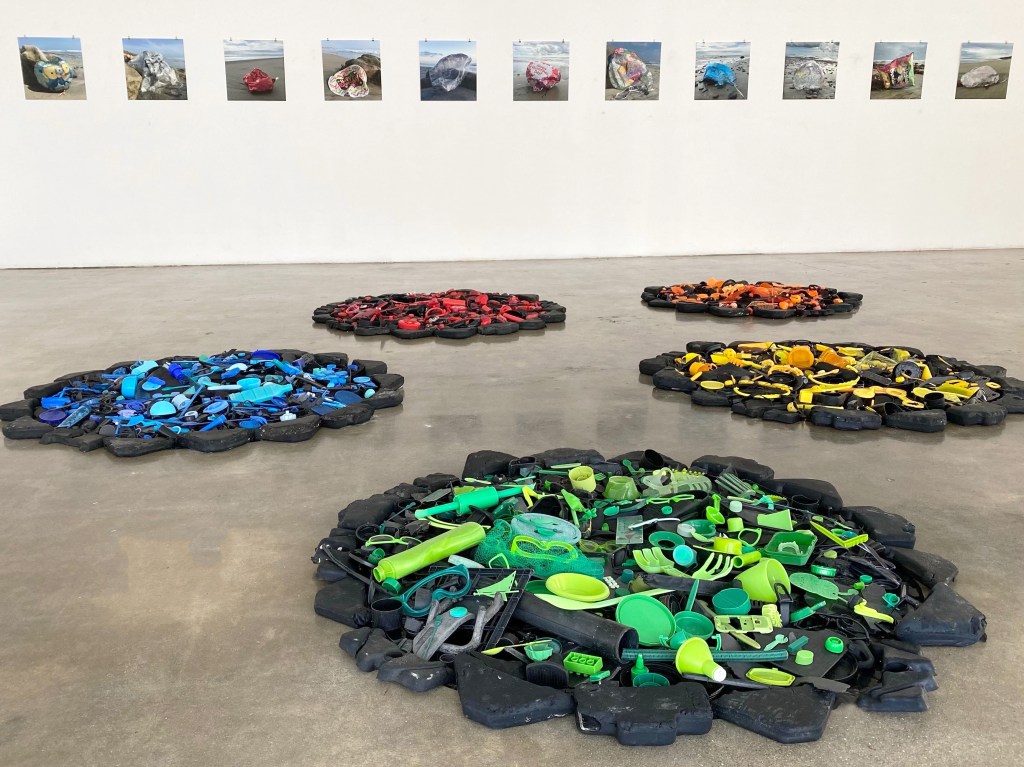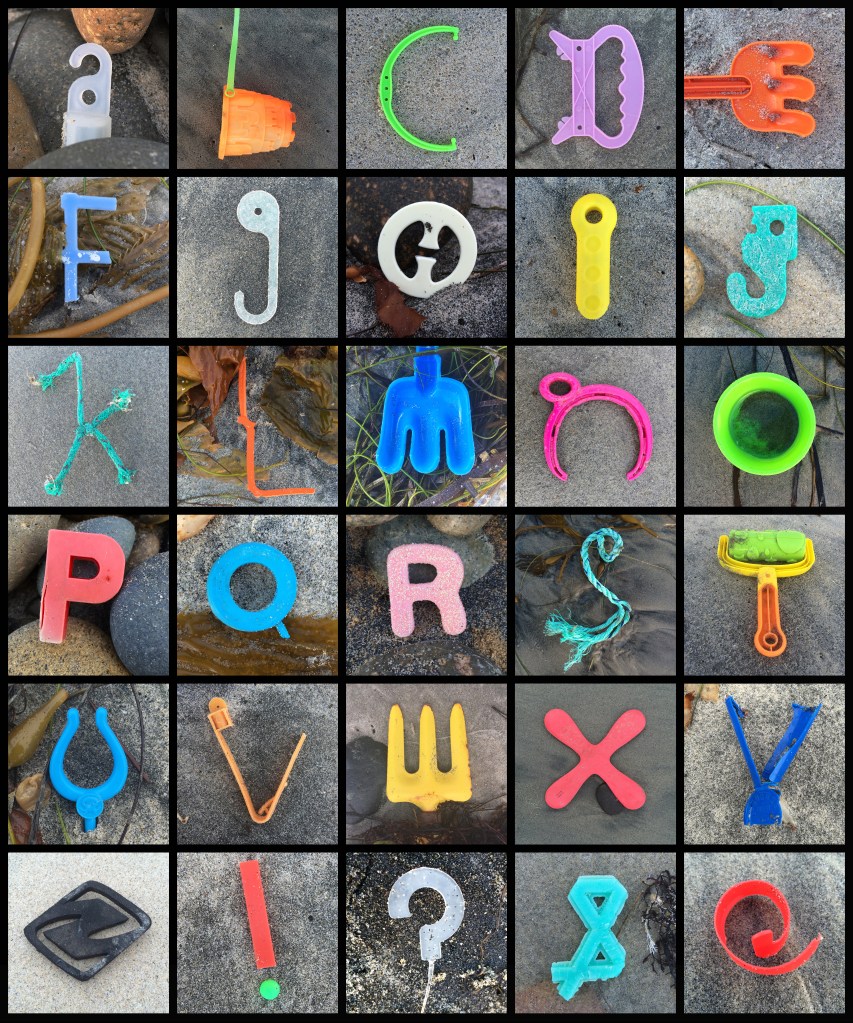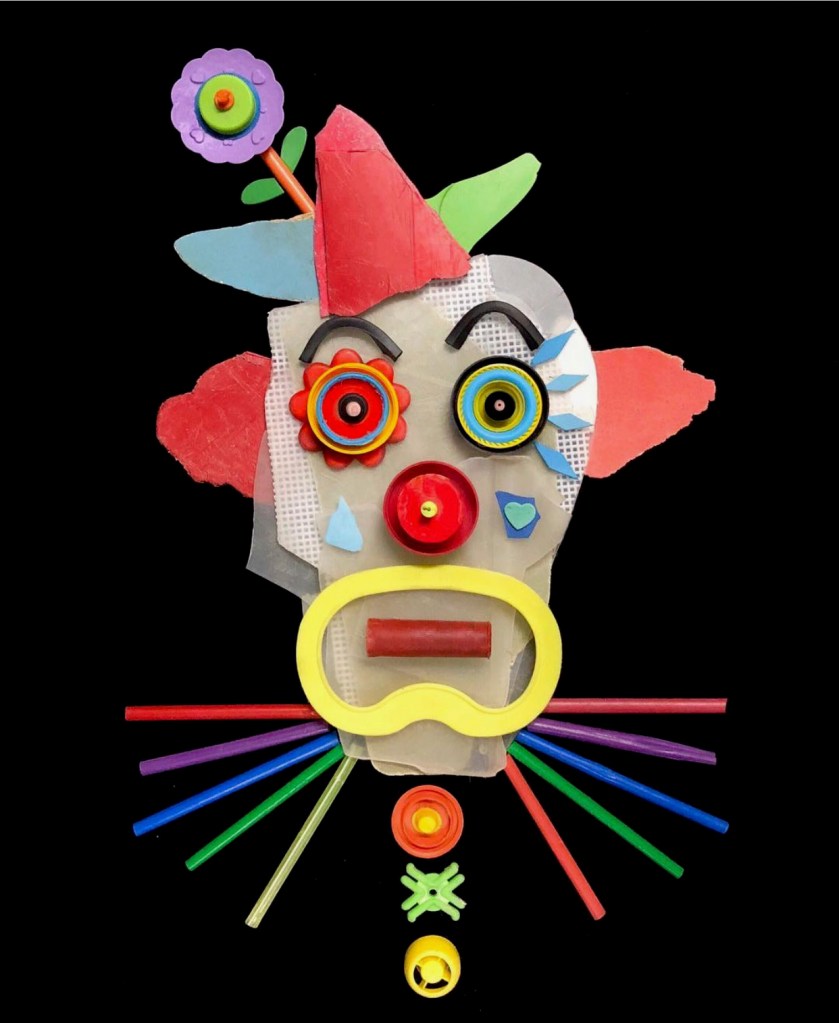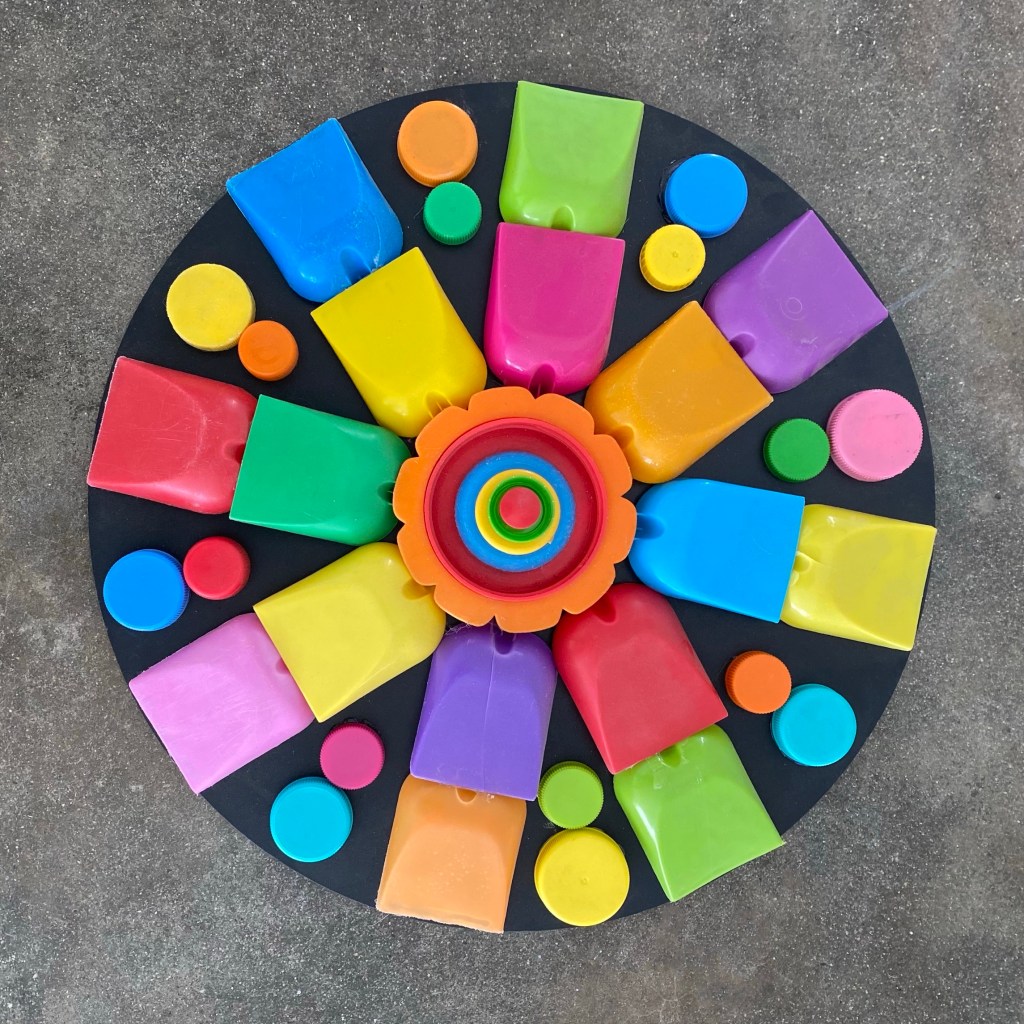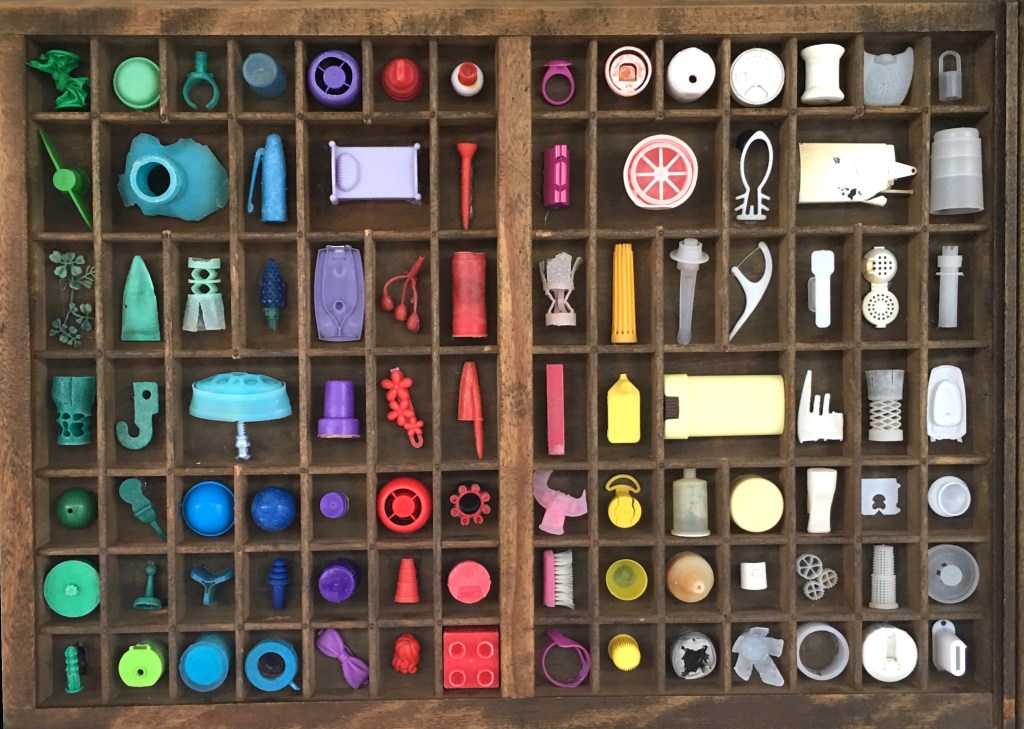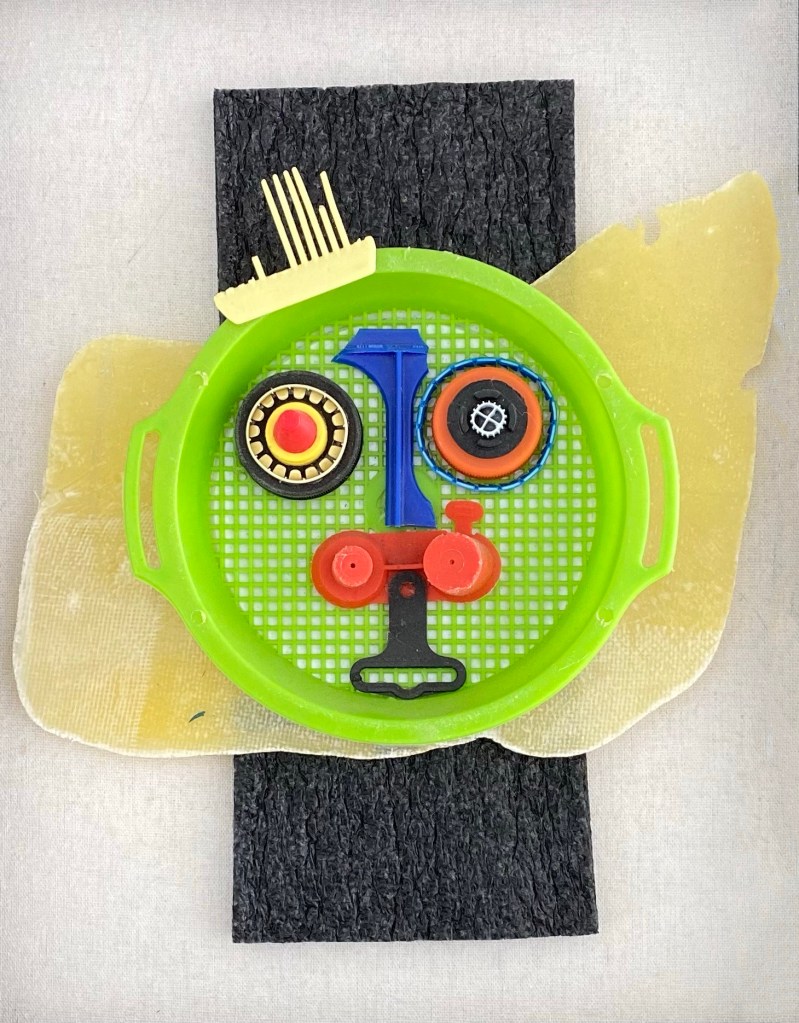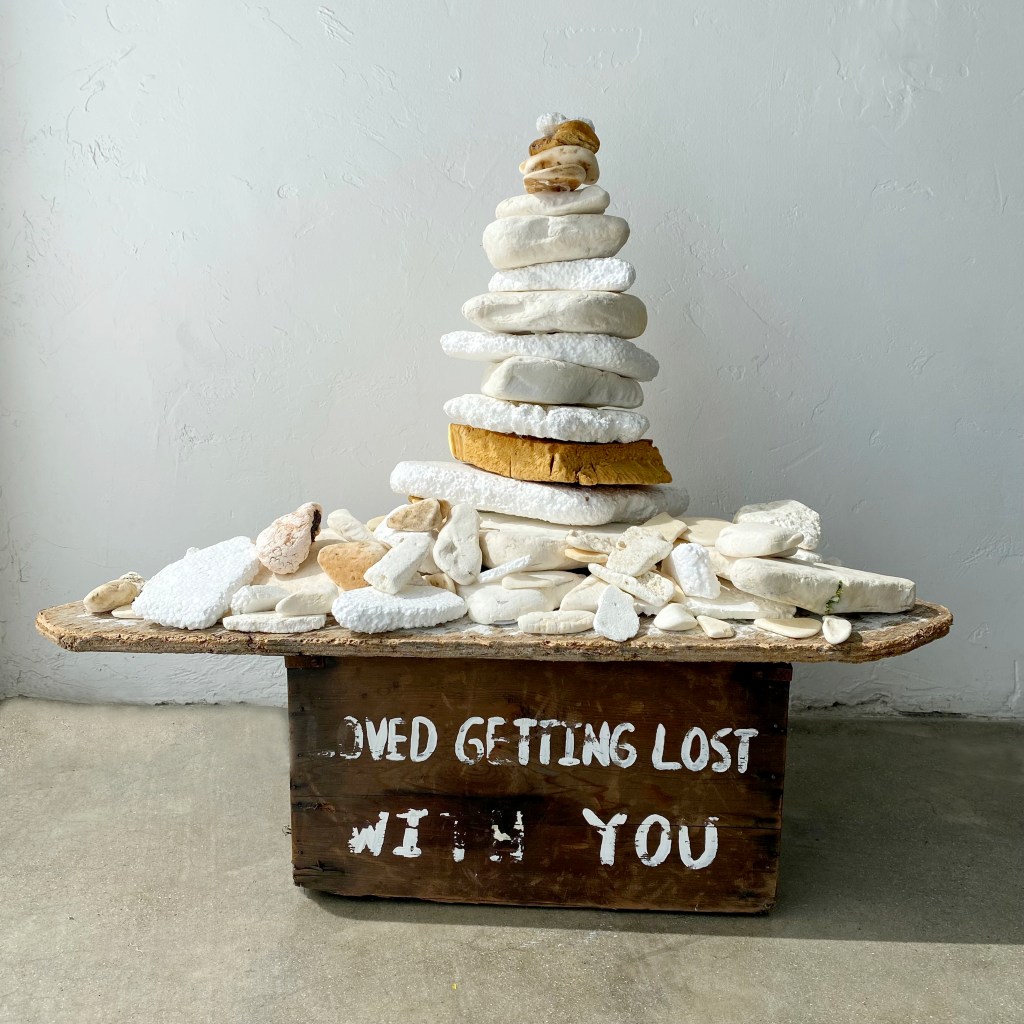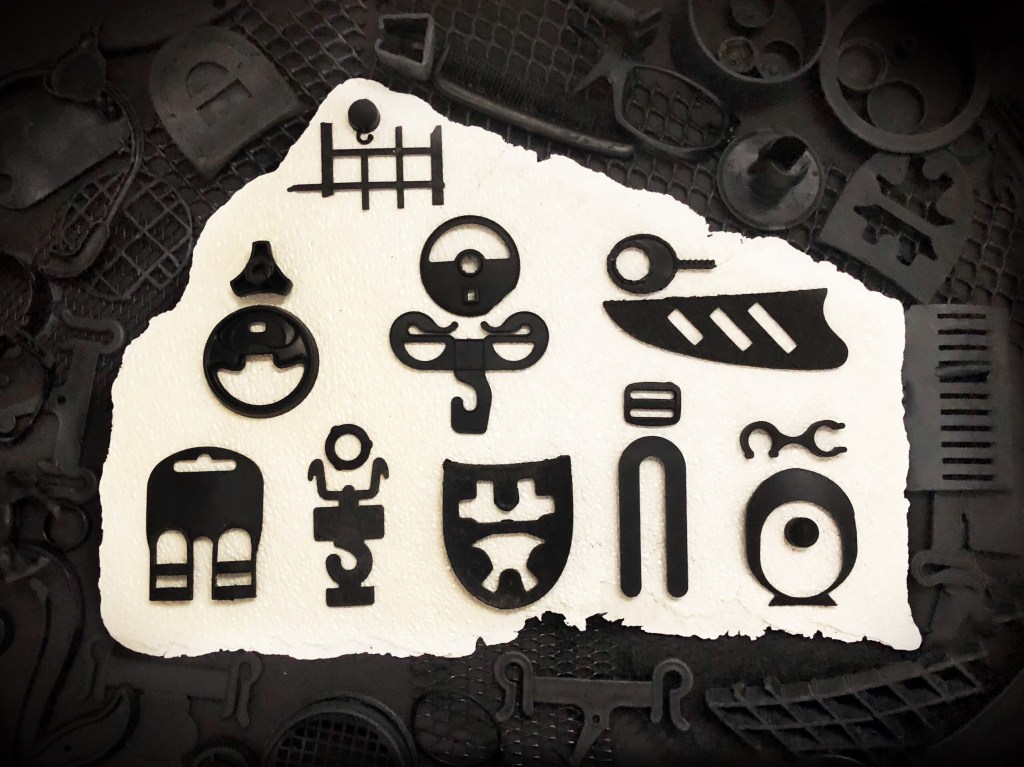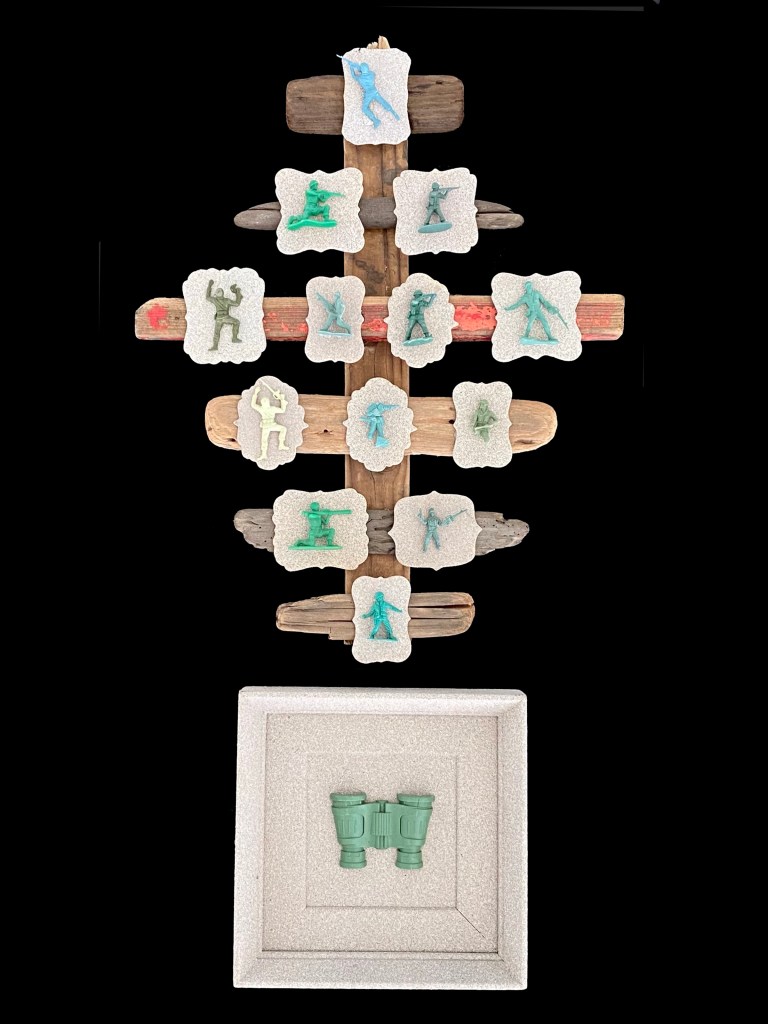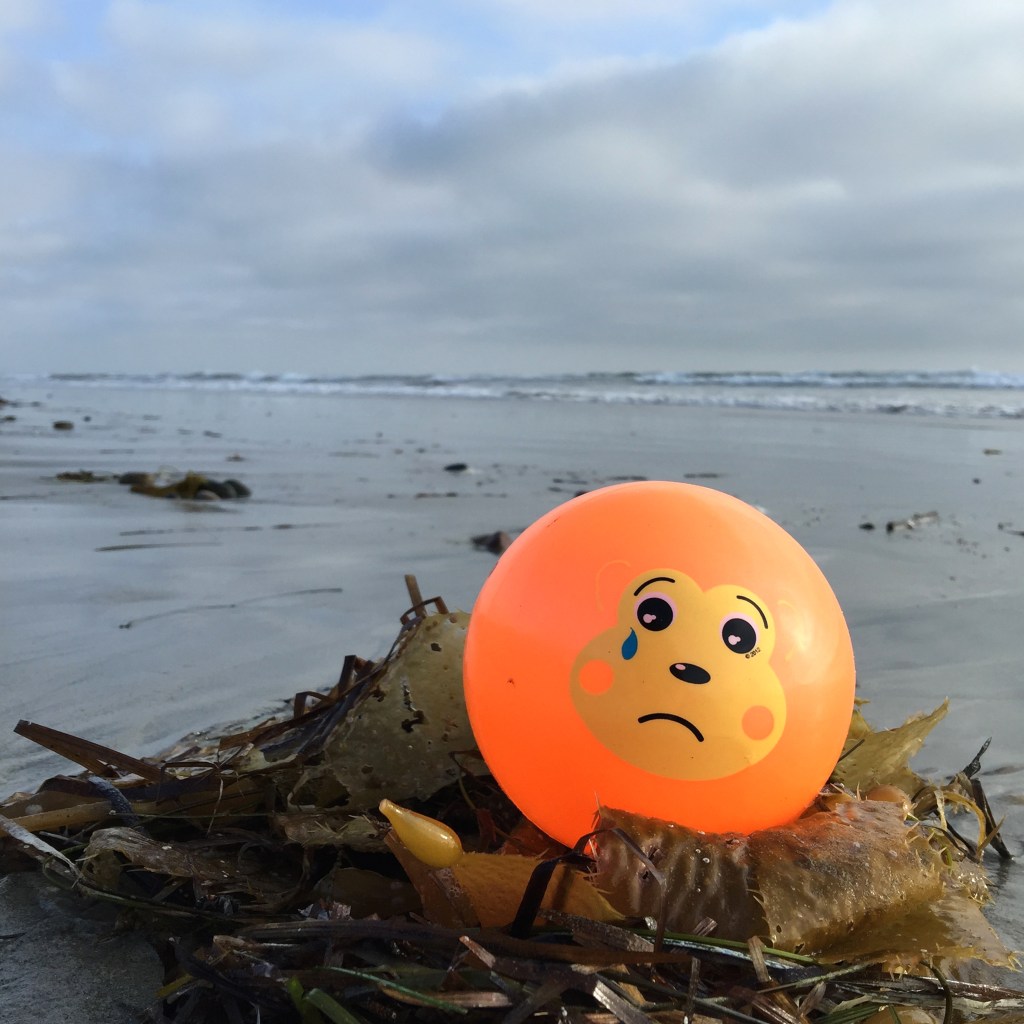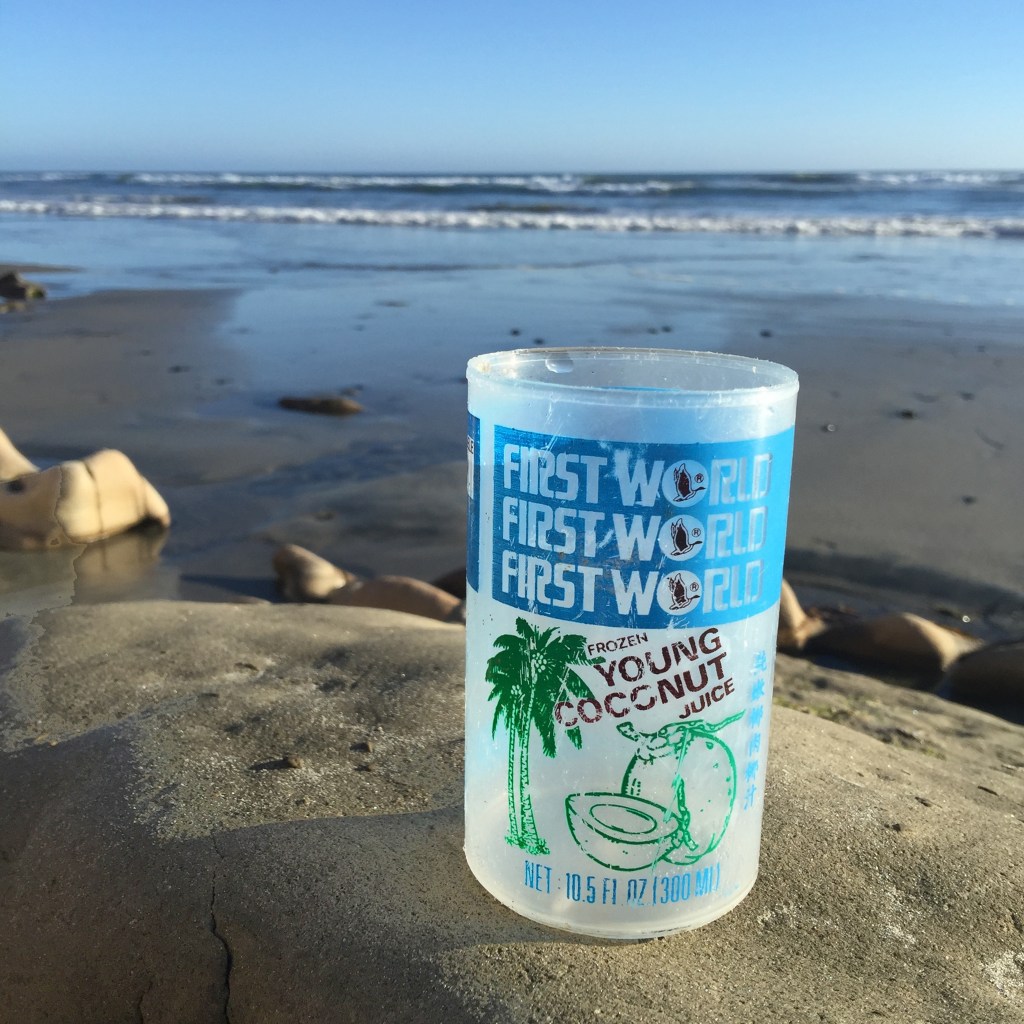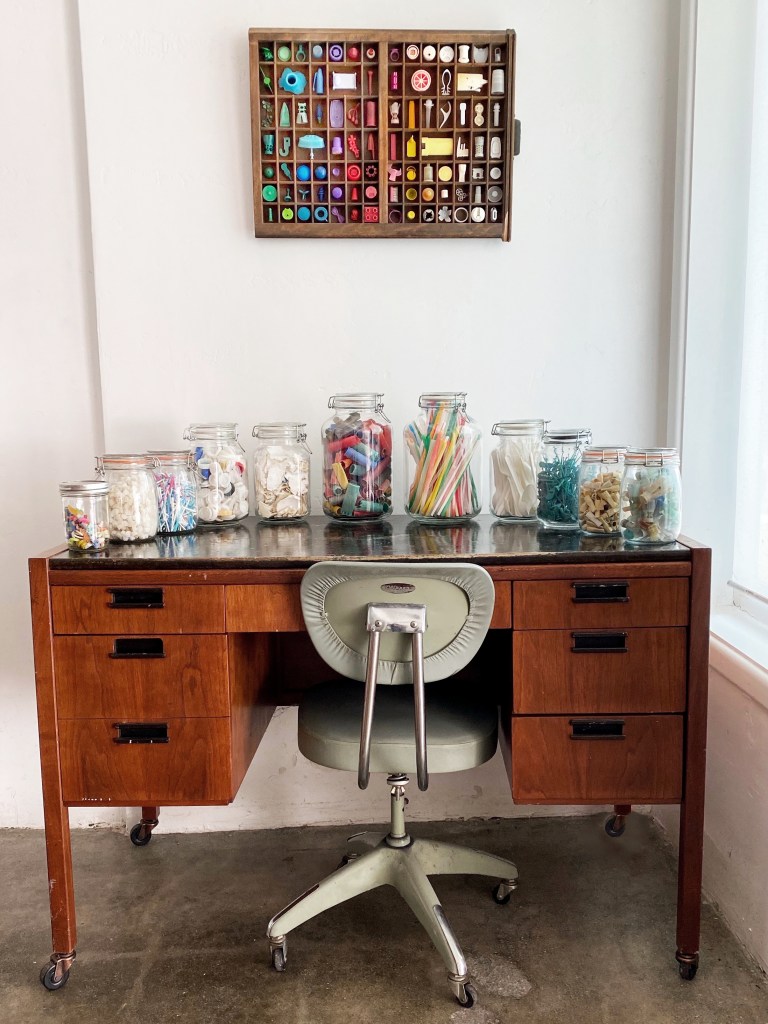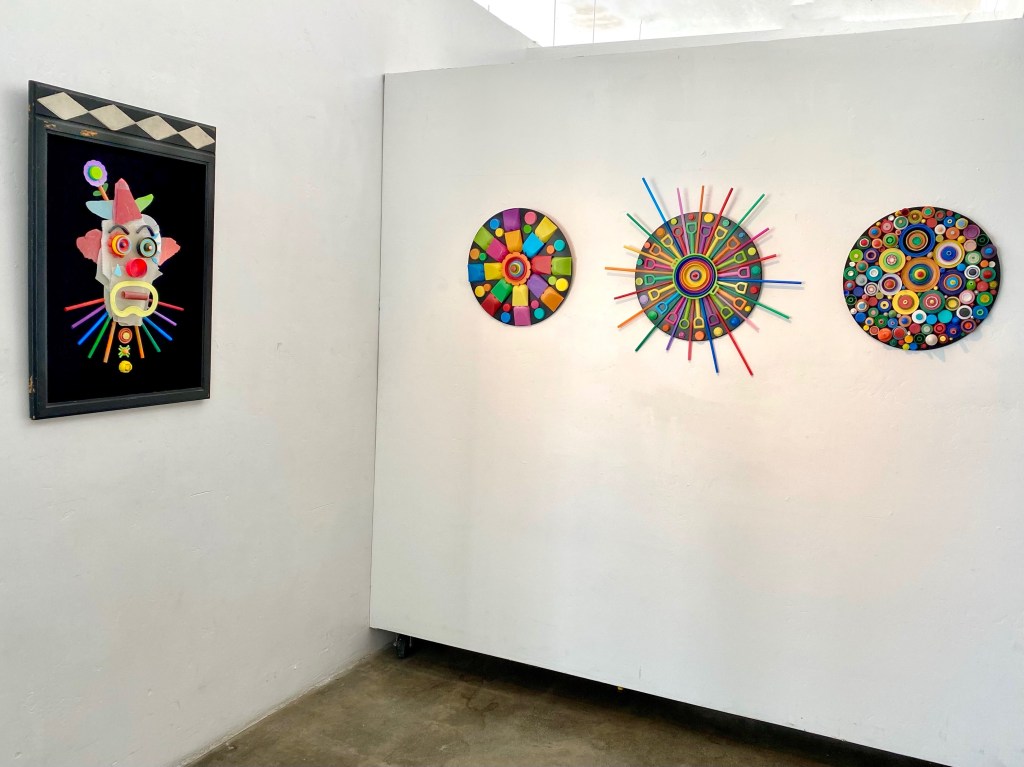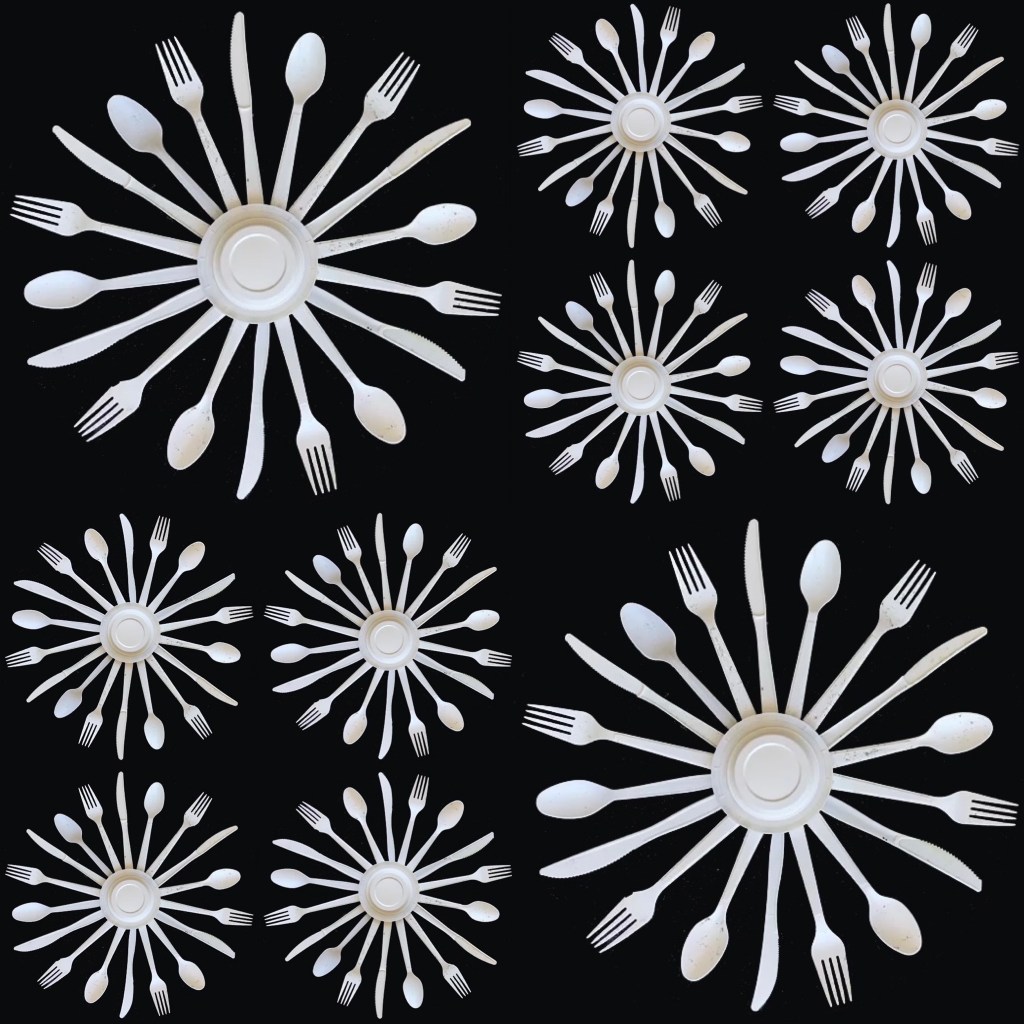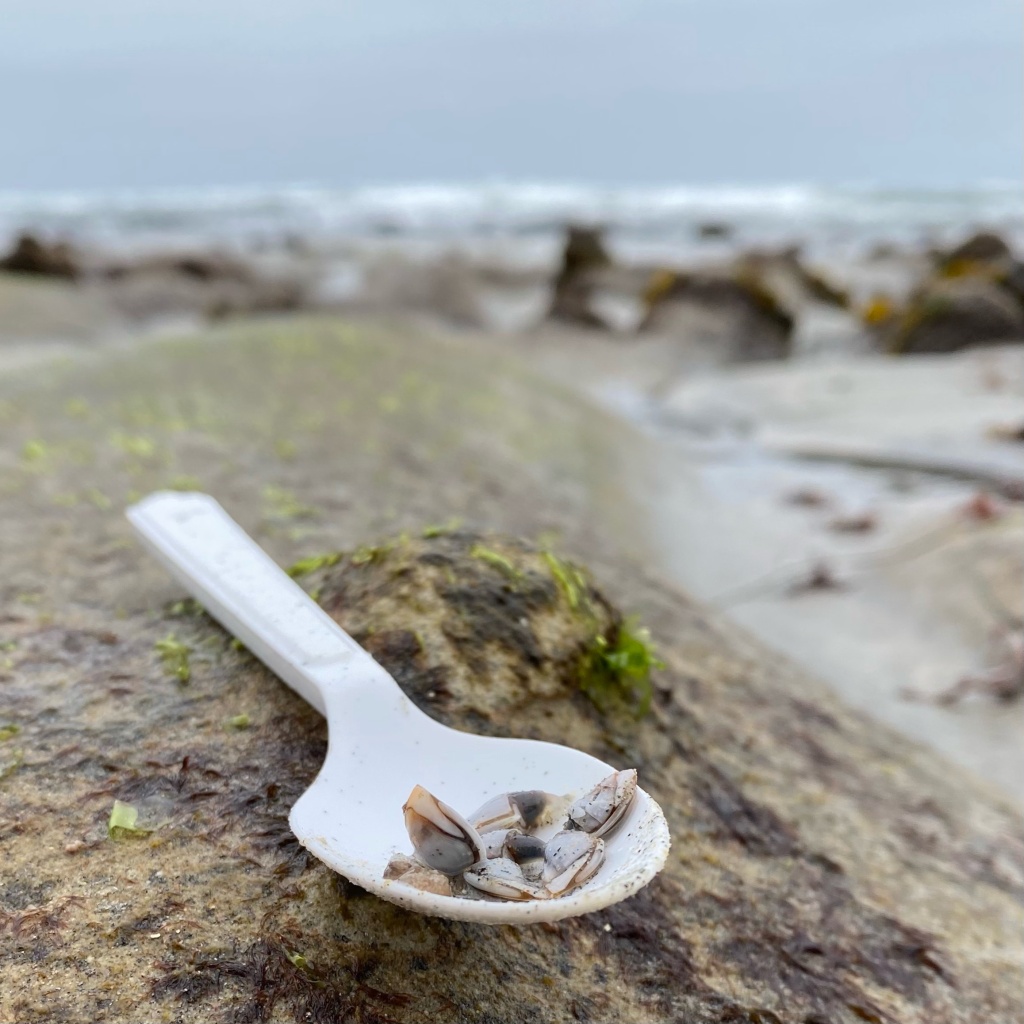One might think that a big victory would be enough. The hard-won unanimous vote by Oceanside City Council Members to approve a single-use plastic reduction ordinance is certainly something to celebrate. In fact, we started with this end in sight, but in many ways, we still have a long way to go before we cross the finish line. Over time, we have come to realize that the Rise Above Plastics (RAP) race is not a 50 yard sprint. It can’t even be compared to a 5K; it’s more like a marathon with a very circuitous course.
The run to address single-use plastics in Oceanside started small – literally. Over 6 years ago, 5th graders from Del Rio Elementary School were invited to do a presentation on marine debris for the Oceanside City Council by then Deputy Mayor Chuck Lowery who had heard about a class project that the students had completed. On the evening of the Council meeting, the students were nervous, but they spoke from the heart about the plastic pollution problem and confidently shared possible solutions, including banning polystyrene foam (StyrofoamTM). They received a standing ovation, kudos from both the City Council and audience members, and left the meeting convinced that their voices were heard and would make a difference.
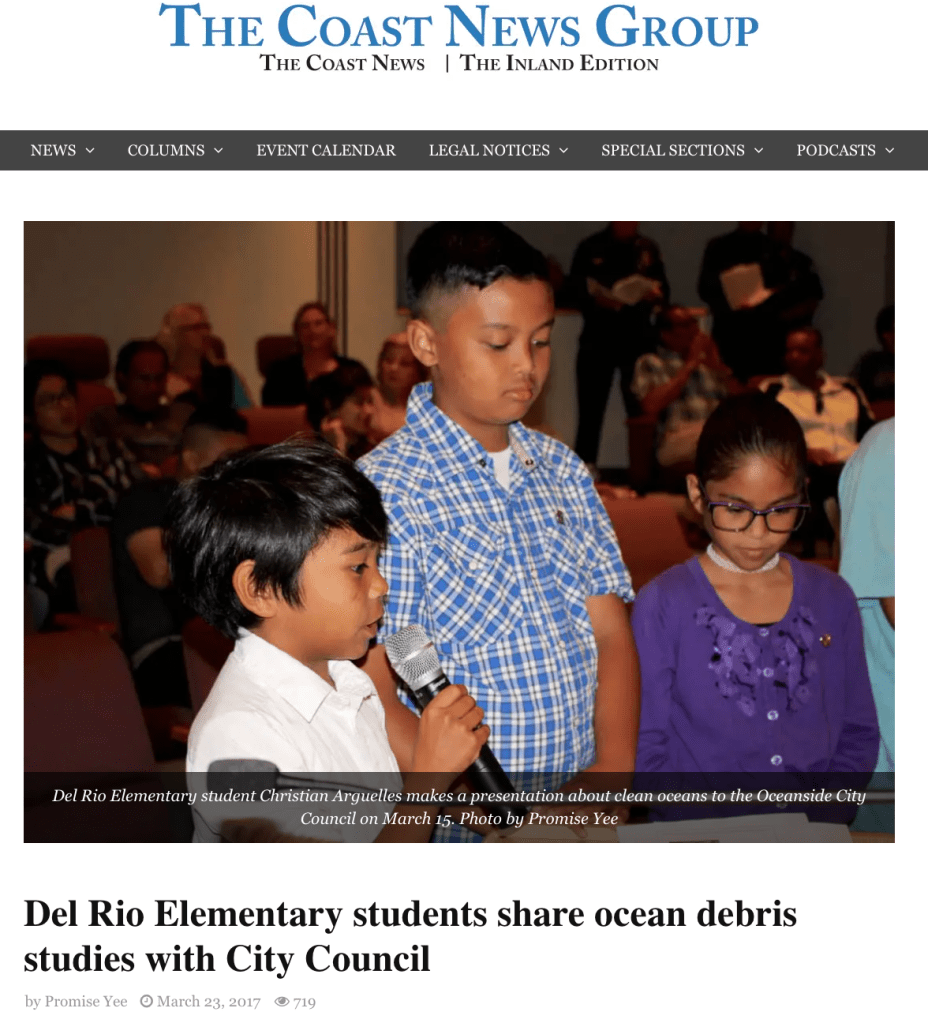
Fast forward to 2018 when the initiation of a Straws on Request campaign included a Surfrider San Diego sponsored Straws film screening and panel discussion at the Hill Street Country Club art gallery in Oceanside. Around that same time, a group of students from Oceanside High School started working on their own “Straws on Request” effort. Community outreach that included visits to almost 100 restaurants was conducted and the effort gained support. In August 2018, we achieved a small victory when the Council adopted a resolution to support the passage of Assembly Bill 1884, which would require that straws be provided only upon request statewide. The California legislation was subsequently signed into law on September 20, 2018.
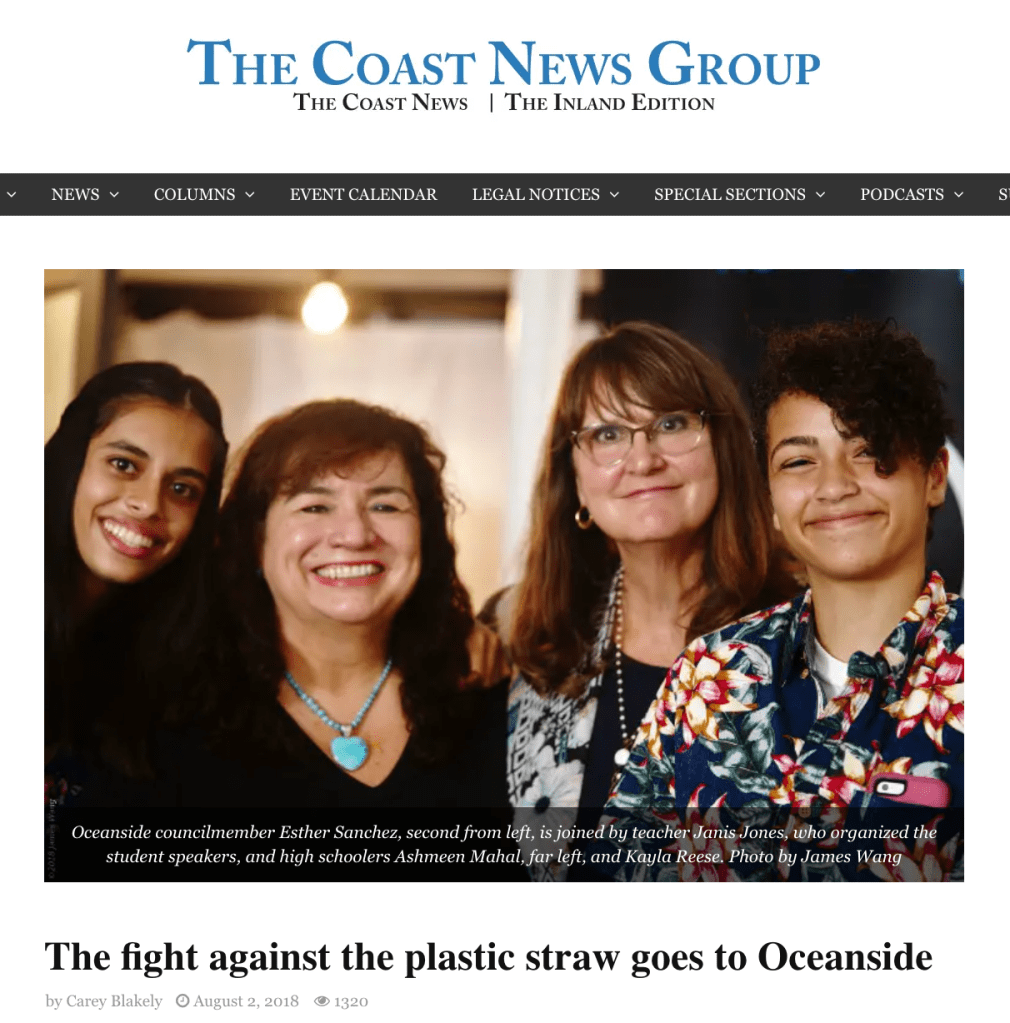
In 2019, the City began a Be Disposable Free campaign. Surfrider volunteers collaborated with Green Oceanside staff and gathered hundreds of comment cards in favor of an ordinance to “Fight the Foam.” Unfortunately, the countless hours spent advocating did not result in a policy to address the polystyrene foam problem.
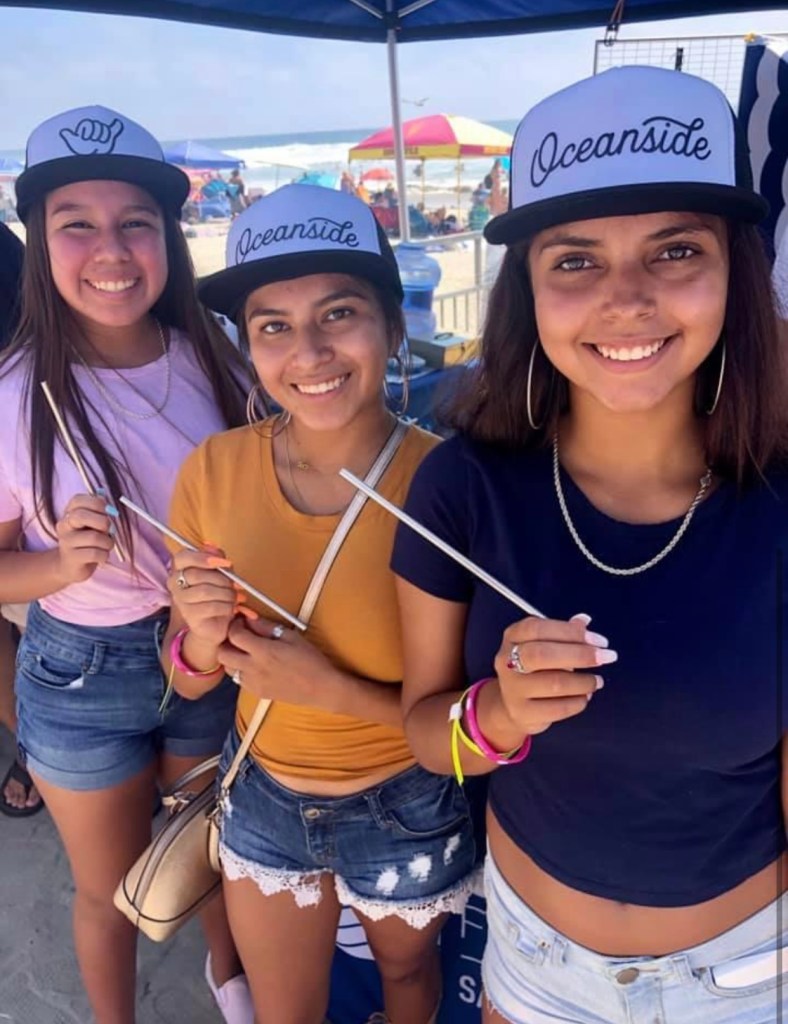


The pandemic slowed progress toward an ordinance as we witnessed the increased proliferation of single-use plastics. Undeterred, RAP volunteers and others continued advocating, and in June 2020, San Diego Surfrider co-hosted a screening of The Story Of Plastic and a virtual panel discussion that included Rep. Mike Levin.
In March 2021, we were still feeling the impacts of the pandemic when Oceanside staff presented a proposal for a Marine Debris Reduction Ordinance as part of the City’s Zero Waste Plan Update. As outlined, the ordinance included a polystyrene foam ban for restaurants and a “Skip the Stuff” component that would require straws, stirrers, utensils, condiments. etc. be provided only upon request (flashback to “Straws on Request”—only better).
In August 2021, the sitting Oceanside City Council objected to the foam ban for several reasons, including the fact that the draft ordinance would apply to restaurants while big box retailers, like Walmart and Costco, would still be allowed to sell party packs of foam plates and cups. Instead of an ordinance, the council opted for a resolution to address foam. Even though the San Diego Reader reported the resolution as coming “down hard on plastic,” we realized it was not likely to lead to City-wide reductions. However, we were willing to support the Marine Debris Reduction Resolution as a step in the right direction.
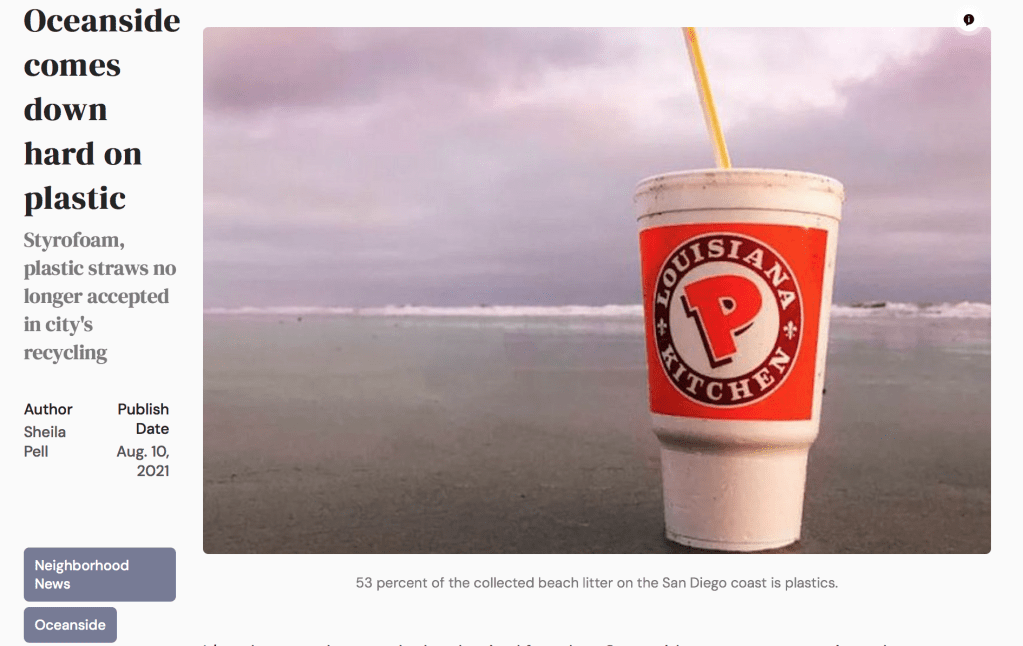
In addition, we were encouraged when Oceanside City Council Members voted unanimously to adopt a “Skip the Stuff” ordinance. In fact, staff was moving forward with a draft when AB 1276, California’s “Skip the Stuff” legislation, was passed, making City-level action unnecessary.
Meanwhile, RAP volunteers continued advocating for single-use plastic reduction policies in other municipalities and celebrated polystyrene foam ban victories in Vista (June 2021), San Marcos (October 2021), Carlsbad (May 2022) and the City of San Diego (November 2022).
Skip ahead to spring 2023, when renewed energy in Oceanside finally propelled an ordinance forward. After a Surfrider San Diego Chapter gathering at The Plot (a vegan zero-waste restaurant), Mayor Sanchez and Councilmember Joyce determined that the next step would be to place a single-use plastics discussion on a City Council Meeting agenda. Ensuing campaign activities included tabling at events to engage community members, walking in the Oceanside Independence Day Parade, visiting restaurants during an Ocean Friendly Restaurants blitz, hosting Sunset “Strike Team” Beach Cleanups, and engaging in conversations with Council Members and business groups.
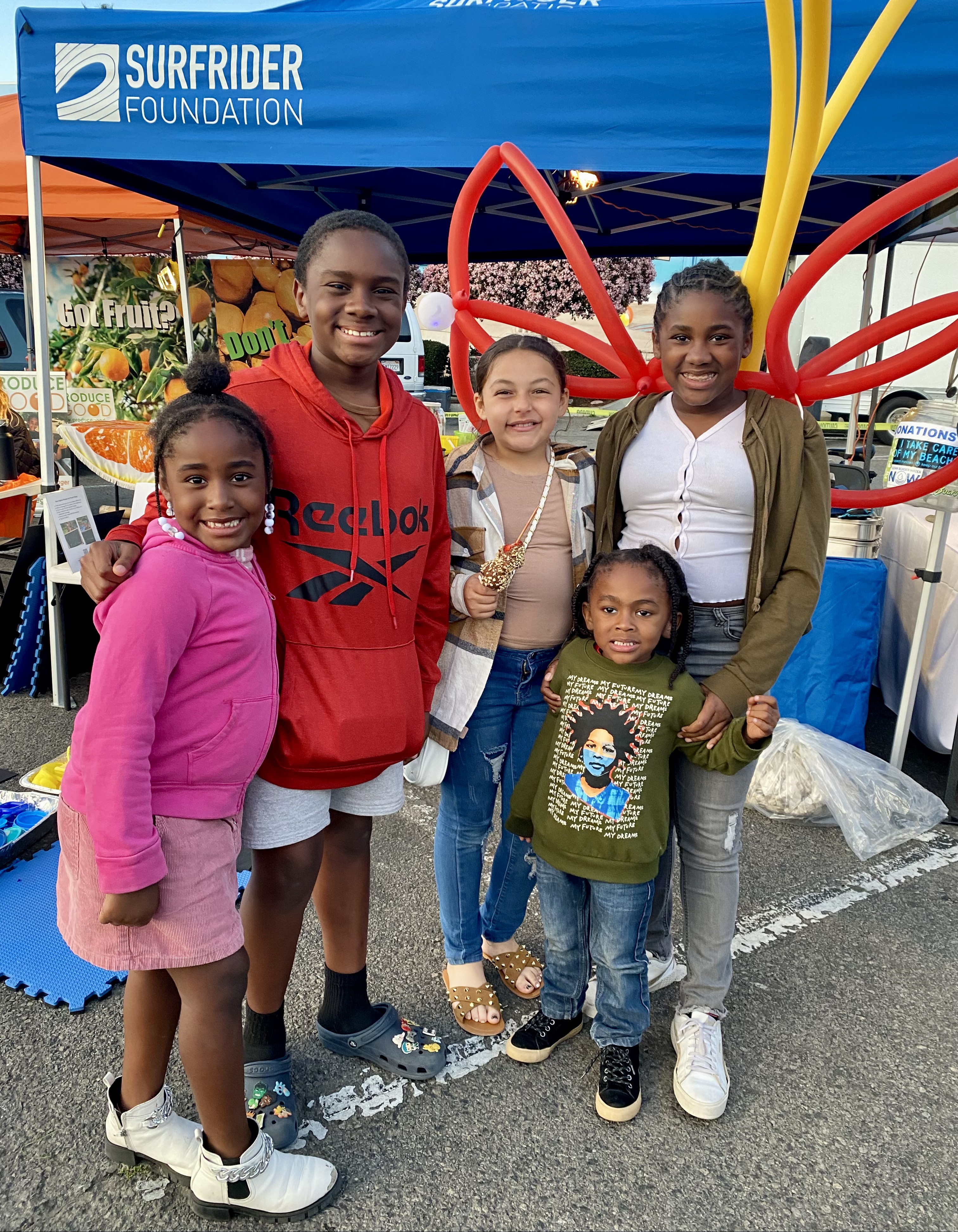

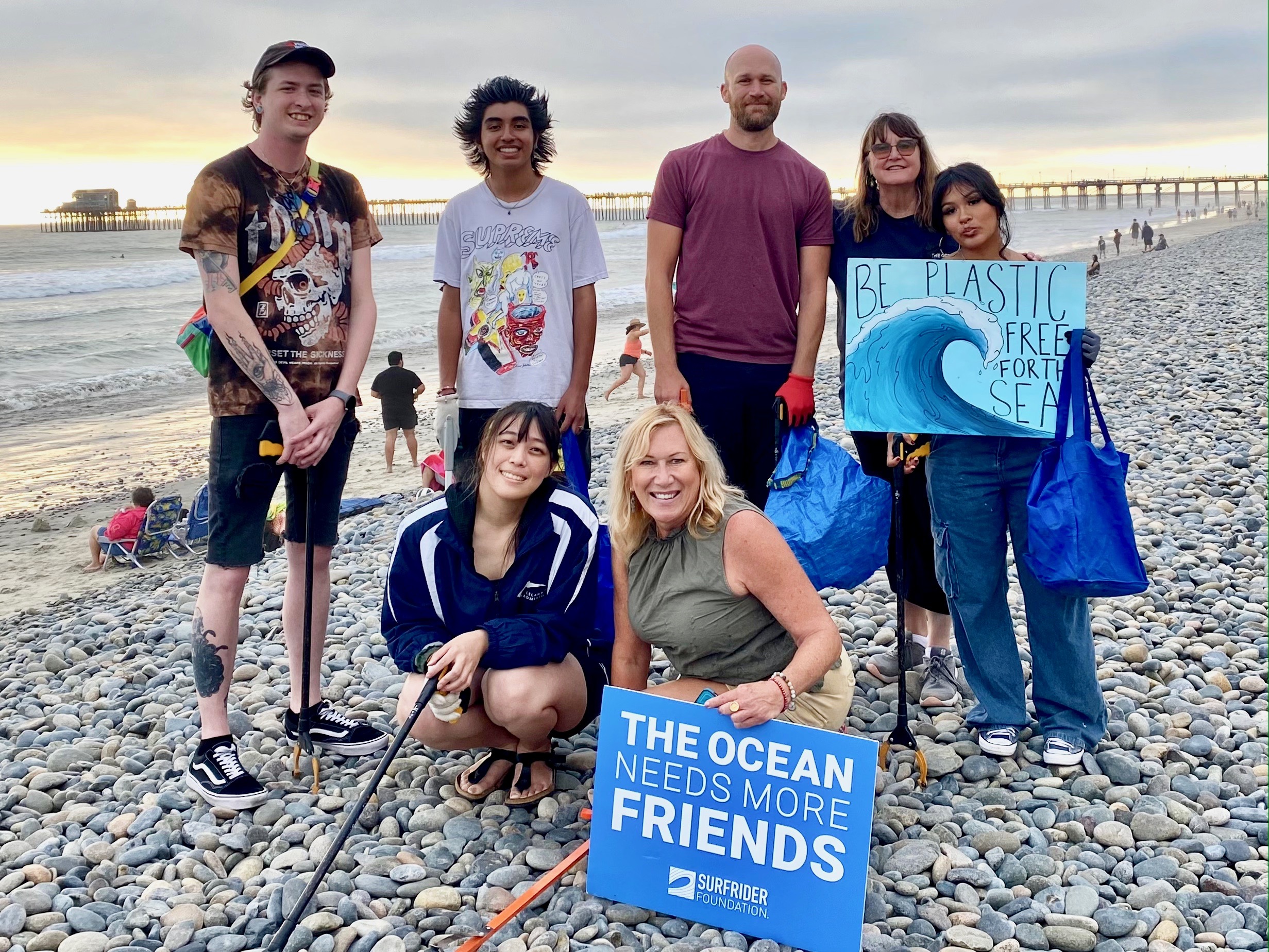
Finally, during the Council meeting on August 23, 2023, the City Council voted unanimously to adopt a new and improved Marine Debris Reduction Ordinance. The ordinance, which will be finalized after a second reading scheduled for September 13th, includes a polystyrene foam ban for both retail and restaurants along with an expansion of the California plastic bag law to all businesses. In the end, the false starts and setbacks led to a stronger ordinance that will ultimately have a greater impact.
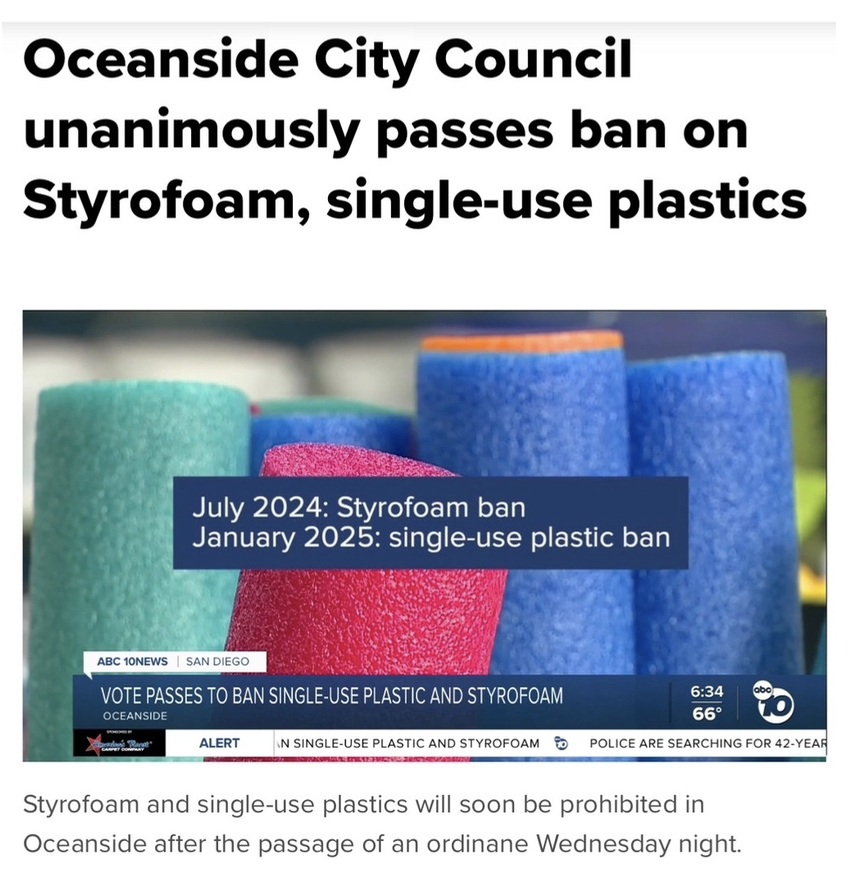
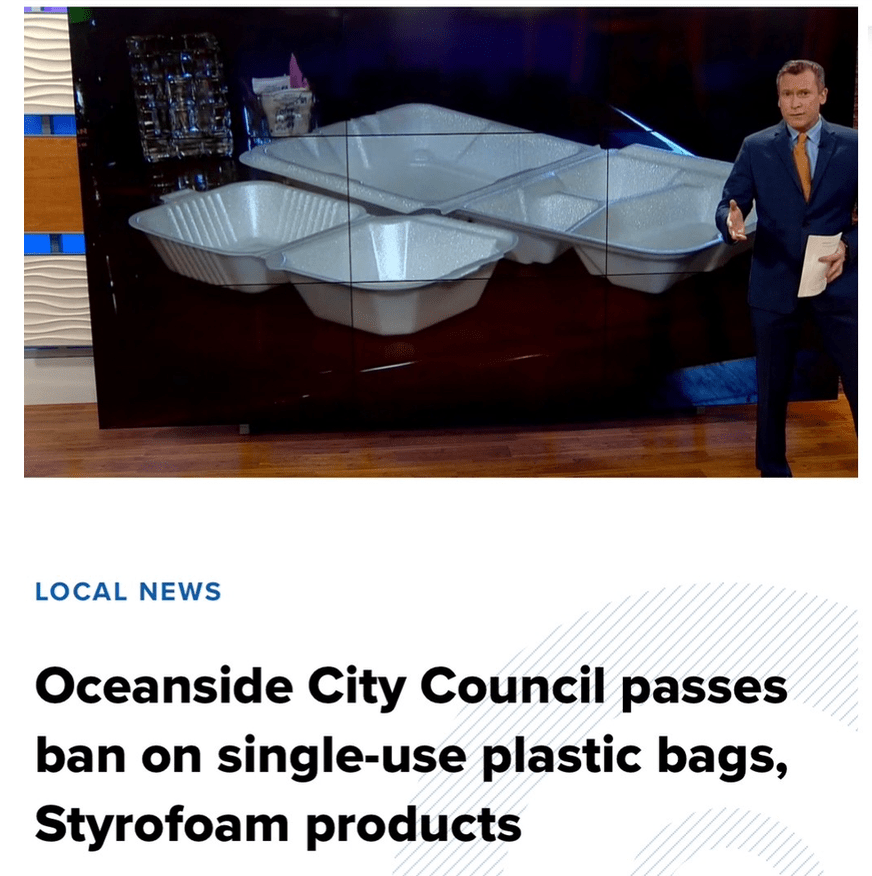
Although the route to an ordinance in Oceanside was longer than expected, lessons were learned along the way, and we will take those lessons with us as we continue our efforts in other parts of the County. As Mitch Silverstein (San Diego Chapter Policy Coordinator) said during a news interview that followed the unanimous Oceanside vote, “Let’s do this!”
Mitch was referring to Coronado, the only remaining coastal city in San Diego County that has not adopted a single-use plastic reduction ordinance—yet. We are also heading to the inland South County cities of Chula Vista and La Mesa, and once again, students will be helping set the pace.
The fifth graders who spoke during the Oceanside City Council meeting in 2017 are now seniors in high school. Since then, countless youth, including members of Oceanside High School’s current Surfrider Club have stood at the podium to demand change, and each one has contributed to the Oceanside win.
The courageous young people who advocate for a better future are a constant reminder that the Rise Above Plastics race is a marathon that we can’t quit, and even though we may just be somewhere around the 12-mile mark, we are still running strong — with and for them.
If you want to run with us, there are several ways to join the race:
- Participate in a Rise Above Plastics meeting (third Tuesdays).
- Watch for action alerts and send written comments in favor.
- Attend a council meeting as a show of support.
- Be inspired by the students and take the microphone to let your voice be heard.
“Let’s do this!”

